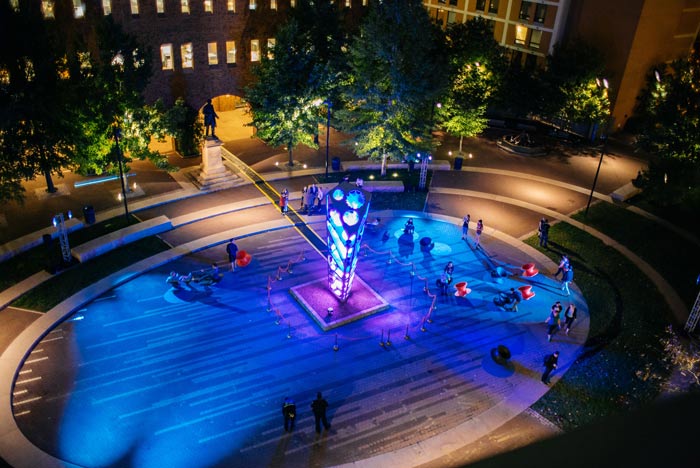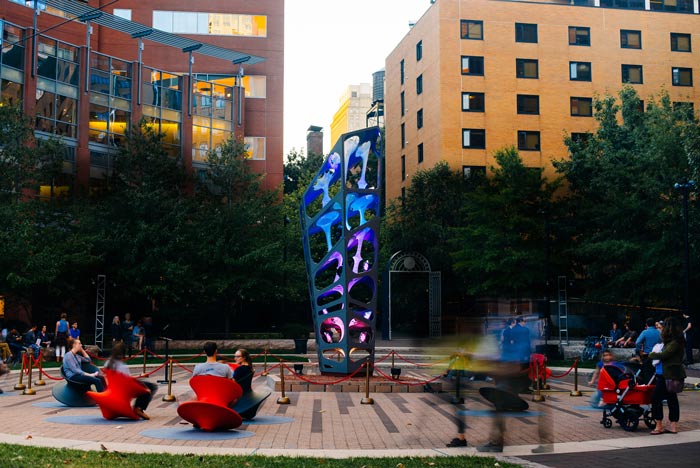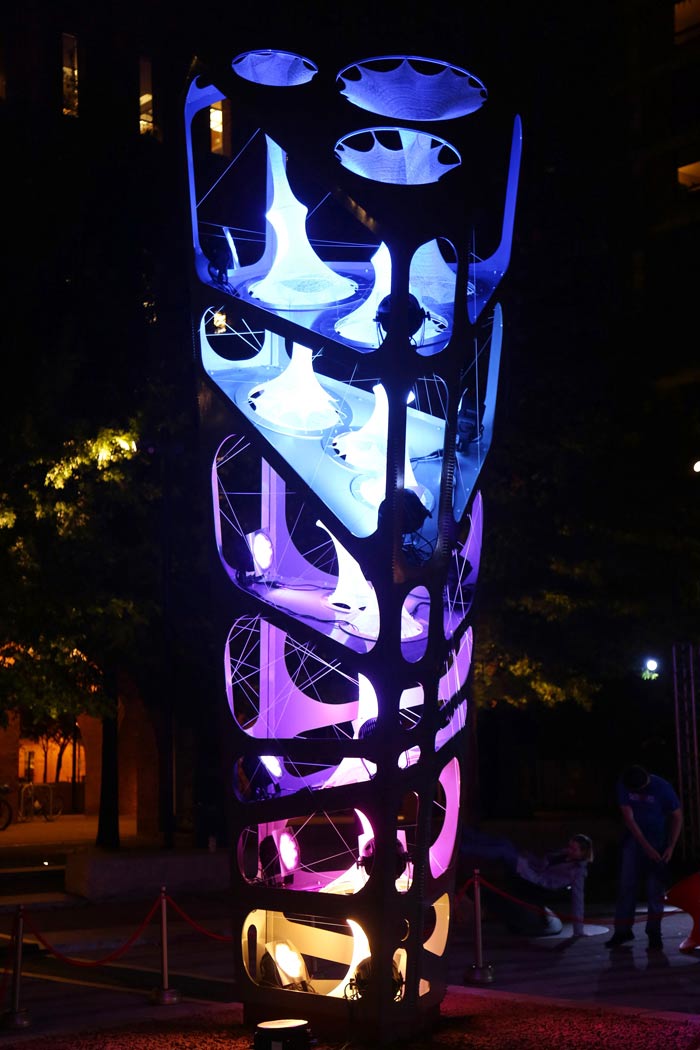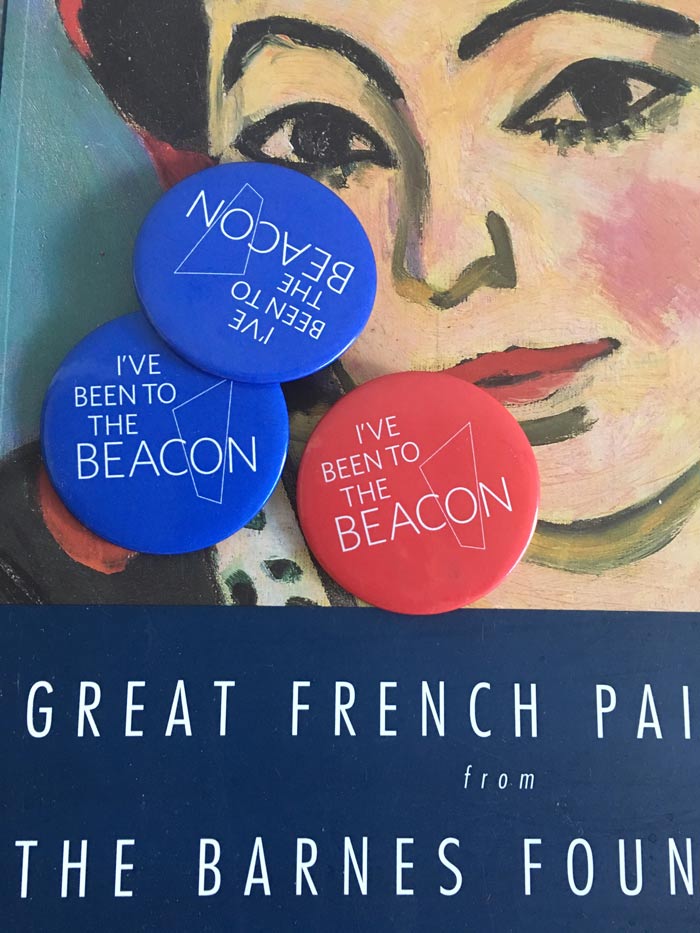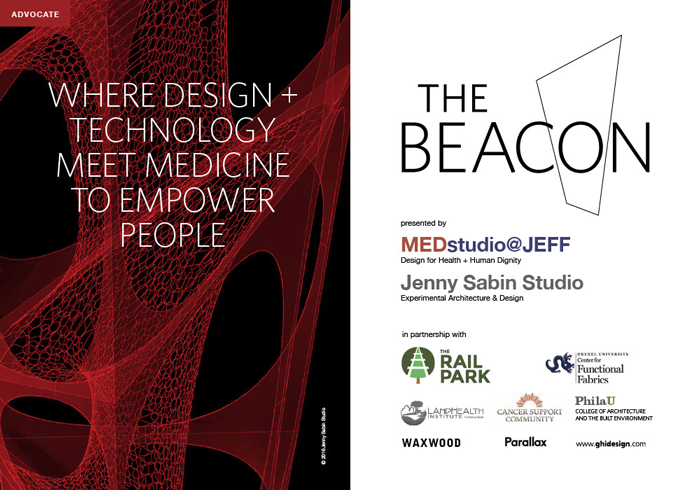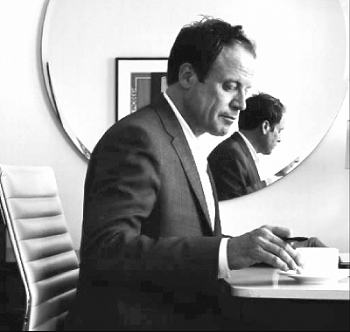This research tested how a public work could:- i) leverage science/tech to improve public health; ii) redefine a discarded urban space to improve well-being; and iii) humanise the development and delivery of this work through multi-generational health activities and public workshops to encourage co-discovery of solutions to help fix the broken US healthcare system.
The outcome, The Beacon, is the result of an interdisciplinary collaboration between Peter Lloyd Jones and Jenny Sabin and sighted at the Rail Park in Philadelphia an area of urban decay that became the focus of Design Philadelphia 2016. The Beacon features robotically-knitted seamless fabric columns, drawing attention to the emerging use of smart data-textiles within healthcare. These elements were housed within a non-standard, laser-cut lattice steel shell in the form of a femur in abstract. Programmed by the dynamics of real-time human, machine and botanical datasets, The Beacon also pronounced the debut of Big Data, Smart textiles and VR within medicine. Public engagement with this research was achieved through a specifically-designed Beacon app that programmed The Beacon’s neurophysiological-relevant lighting scheme and the drone's weaving behaviour. Non-human data were derived by remote sensing plants on The Rail Park. These and other datasets generated additional sonic and visual outputs, transposing the public from the burgeoning Rail Park to The Beacon’s distal site at Jefferson University. This work was the first example of large-scale, material construction by drones; the exterior of the work emerged over the course of 10 days as drones deposited photoluminescent micro-cords onto surfaces in response to public engagement.

